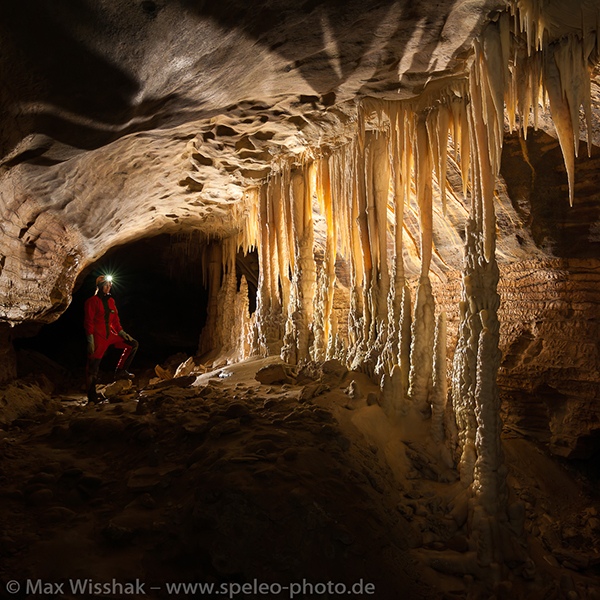
Unveiling the Karst Underworld by Max Wisshak
Karst is a type of landscape where the dissolving of bedrock creates sinkholes, sinking streams, caves, springs, and other such characteristic features. Hence, Karst is associated with soluble rock types such as limestone, marble, and gypsum.
The subterranean world of the Karst landscape is a very different world, both mysterious and full of natural wonders. The Labyrinth-like caves have intricate passages filled with amazement such as magnificently carved stones, bursting waterfalls, and deep shafts. Exploring the caves is full of challenges because if one is not careful, one can easily fall into the abyss or be hurt by the unknown.
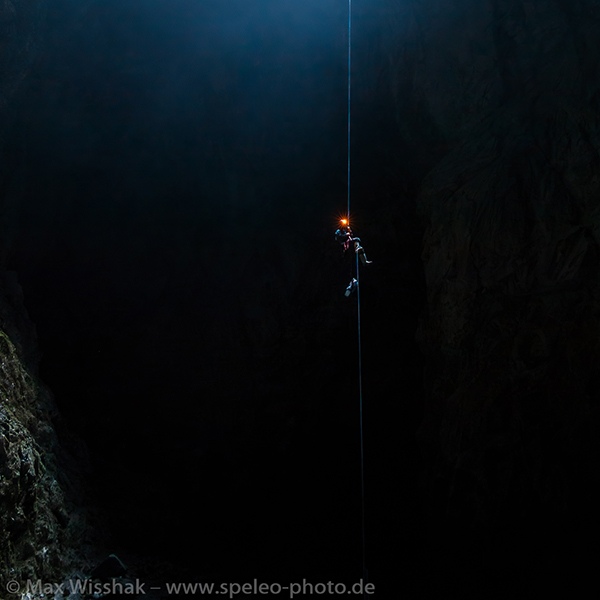
Geoscientist and photographer Max Wisshak is an expert in exploring Karst caves in many countries. In the following interview, he shares his unique experience, especially how to overcome the difficulties of cave photography. I hope you enjoy this interview and this glimpse into the unknown underground.
Q: Why are you interested in exploring solutional caves? What activity and study do you focus on when inside such a cave?
A: Caves are a wonderful natural phenomenon and their exploration has many interesting facets to it, including the geology and biology of those places, survey and cartography, cave photography, and the challenging sportive and mental aspects of multi-day caving expeditions. For me personally, it is this sort of holistic experience that I find most fulfilling. Being a geoscientist and photographer, I put particular focus on cartography, the mineralogy of unusual speleothems (cave mineral formations), and cave photography. Discovering, mapping, and photographing a stunning new cave passage, deep inside the mountain and together with close caving mates, is a gorgeous and addictive experience for sure!
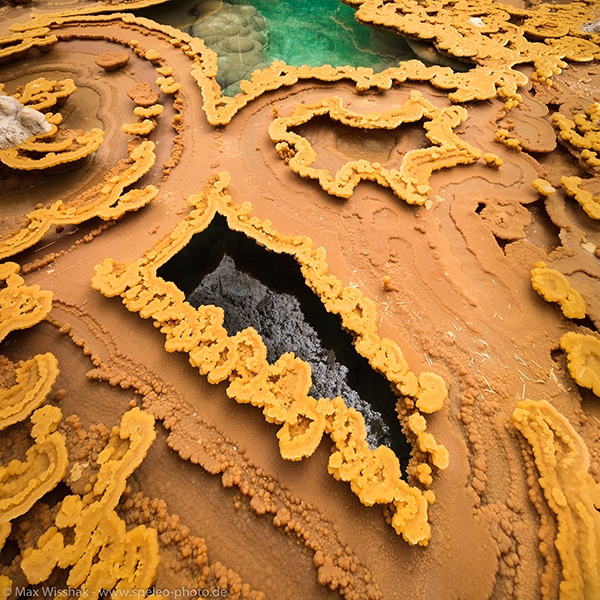
Q: How many countries have you been to explore those caves? Please share with us some of the memorable experiences you had during those visits.
A: Karst occurs wherever a soluble kind of rock, primarily limestone, is forming underground, and that’s the case in many regions around the globe, more than I could ever visit. I had the pleasure to explore caves in many countries across Europe and beyond, foremost in France and Austria, apart from my little home country of Germany. My main project, however, is in the south of the United States, the location of perhaps the most beautiful and exciting cave of all (for my taste at least) – Lechuguilla Cave in Carlsbad Caverns National Park, New Mexico. The regular weeklong camp expeditions into this enormous cave of more than 240 kilometers of mapped passage are certainly my personal highlight of the year.
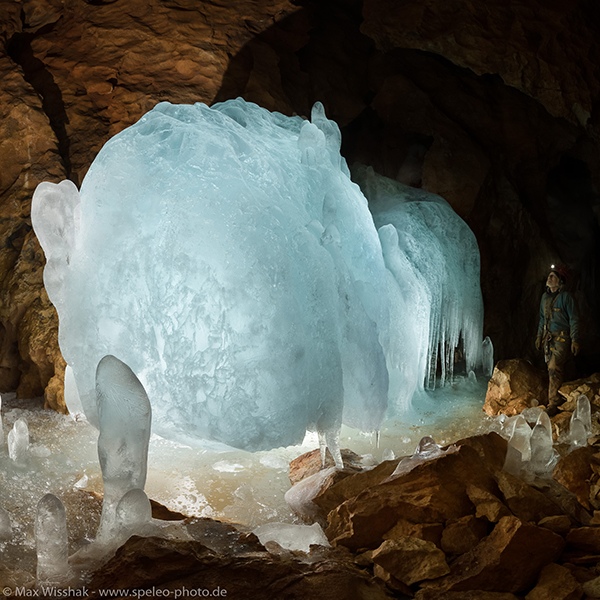
Q: Photography inside a cave is probably challenging. How do you accomplish that without harming the caves?
A: That is a good and important question! Caves are vulnerable places where a careless move can break a delicate mineral formation that took aeons to grow, and where a careless footstep can trash a pristine flowstone cascade forever. Deep respect for the wonders of the underground is paramount when judging whether and how to best place flashes or a model for avoiding such impact.
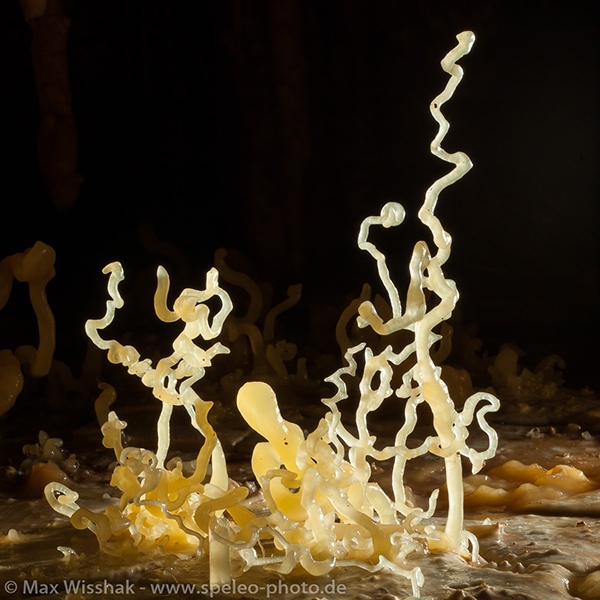
Q: Are there techniques you especially pay attention to, such as panorama, when taking photos inside a cave?
A: As you mention panorama photography, that is actually a format that really caught my attention in recent years, because it is very rarely seen in cave photography, and because it is particularly challenging in caves. For example, the flash placement in panoramas of 180 degrees and wider is very tricky if you want to achieve ‘believable’ lighting that avoids opposite flashes from interfering with each other’s effect – so there is a lot of tuning up and down individual flashes through the series of photos that are then assembled into the final panorama. On my website, I have dedicated an entire section to panoramas on this page.
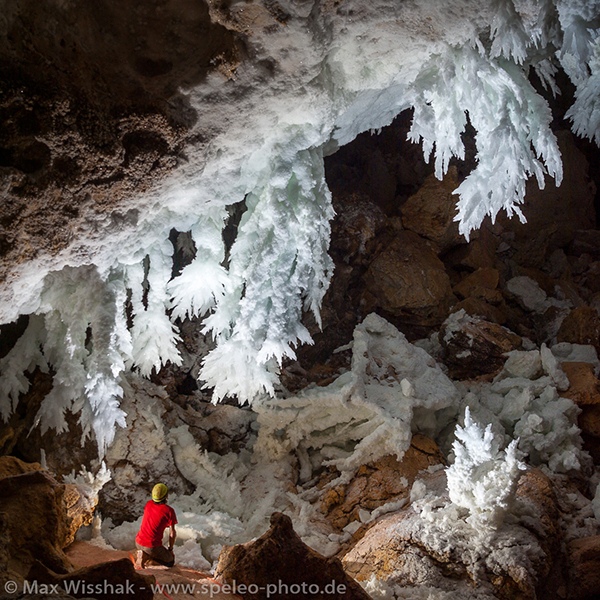
Q: You have published a book titled “New Zealand Karst”. Please tell us more about this book.
A: New Zealand Karst is my latest coffee-table book, published under my own publishing label “speleo-photo editions” and created together with my wife Stefanie. It is based on three extensive visits to this fabulous archipelago on the other side of the world (us being based in Germany). The book portrays the diverse aspects of New Zealand’s karstic landscapes and caves, even including subterranean animal life and karst-related Māori rock art. The book is aimed equally at a readership interested in natural science and at friends of skillful nature photography. The blurb to the book aptly concludes with “New Zealand Karst reveals how you can appreciate karst as a phenomenon where geological, biological, and archaeological beauty all come together in harmony.” If you want to learn more about this book and perhaps even get your own copy, please visit my website.
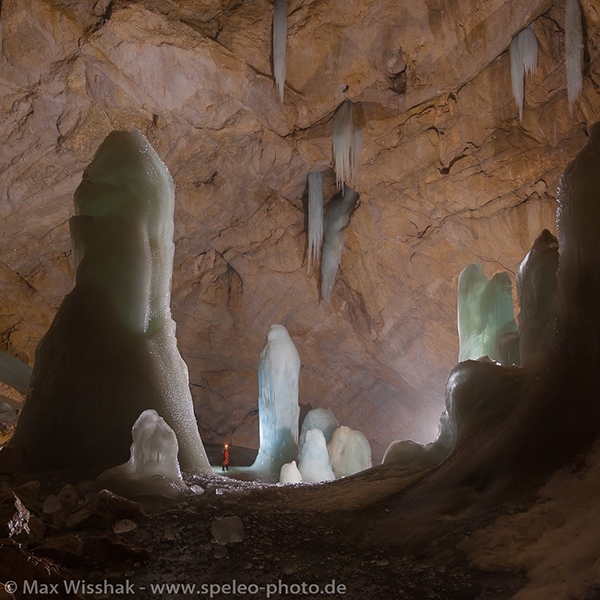
Q: After visiting many caves around the world, do you have any concerns as to the threats they are facing right now?
A: Yes, definitely. I have seen too many caves where disbelief struck me when faced with rude inscriptions painted on the walls with a torch, mud balls formed from the sediment splashed on flowstone formations, piles of trash somewhere in the corner, or fireplaces below a smoked roof in the entrance. It’s sad how little respect some of our fellow humans have for the natural wonders of this planet. For good reason, many of the more delicate caves have been gated and/or kept quite secret to protect them from such mindless vandalism.
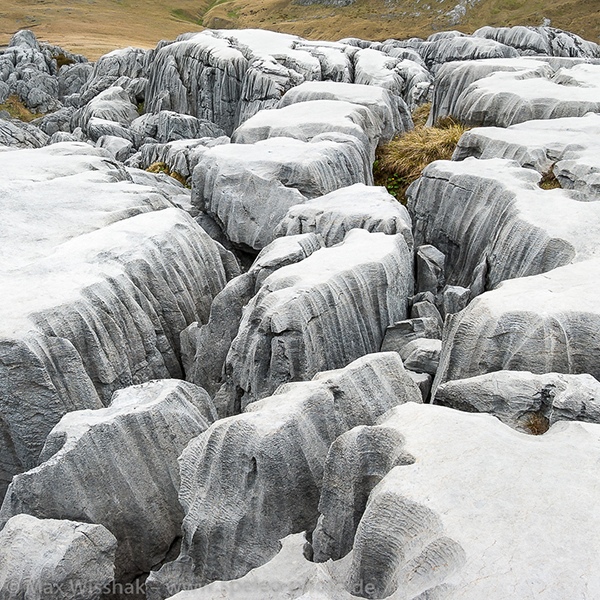
Q: Do you have any future plans or projects that you want to share with our readers?
A: I hope for a fair amount of more years of physical fitness to be able to follow my passion of cave exploration, no matter where in the world. And there certainly are several book projects in the making or evolving in the back of my mind, but I refrain from raising expectations before any of these have actually been completed …
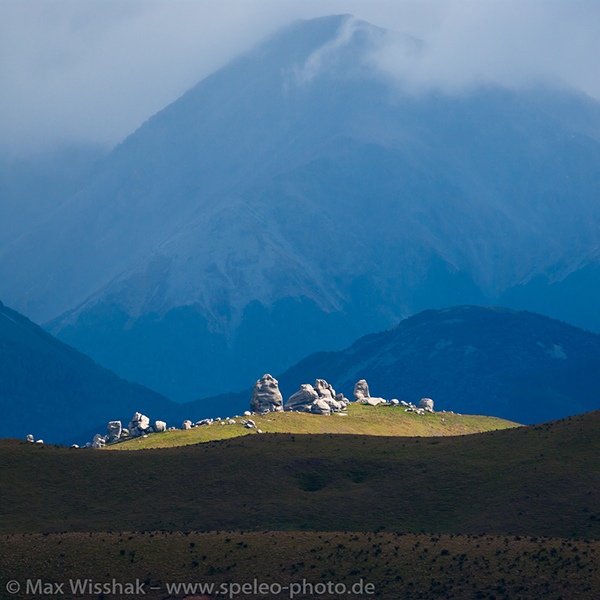
We hope Max’s personal experience and beautiful photos excite your curiosity and imagination about the underground world. We wish Max to explore more caves and share his findings in the future.
